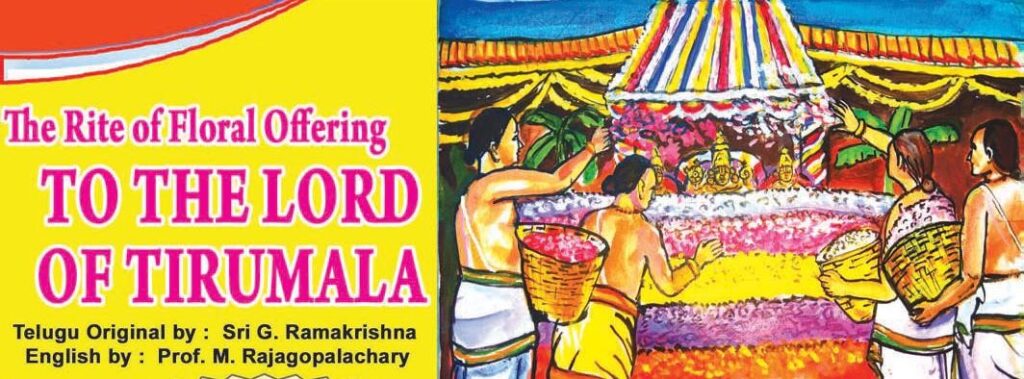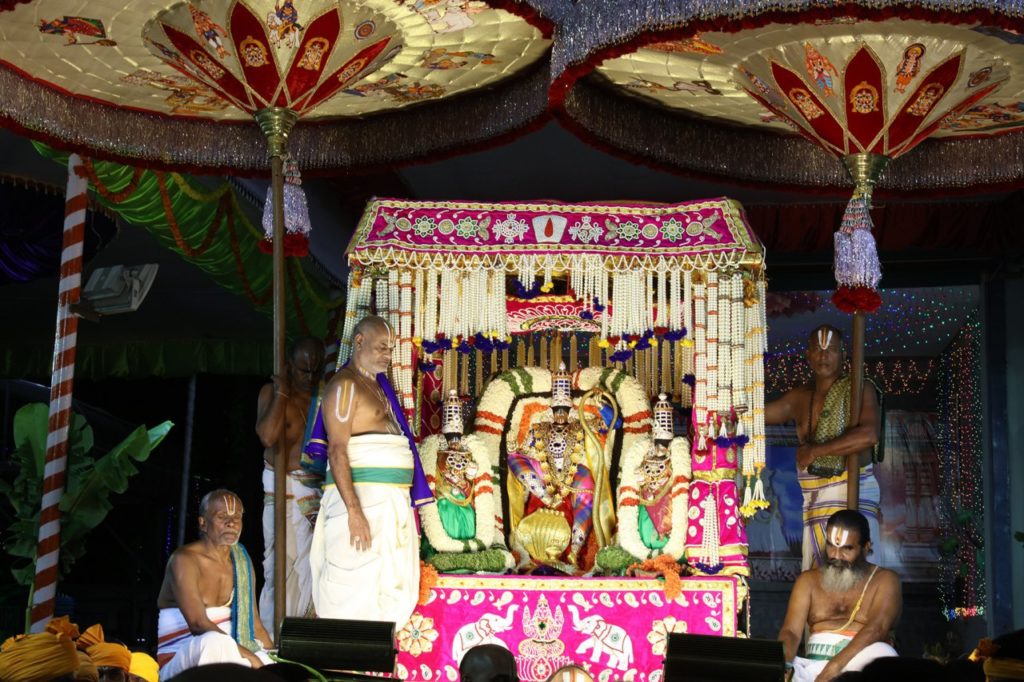Process of Pushpayagam India is known as the land of Vedas. People of this country yearn to realize God through virtuous deeds ordained by the Vedas. Idol worship is one of the significant duties prescribed by the Vedas. Our saints have given form, name, and auspicious attributes to the amorphous God of the Vedas and Read More
Tag: Malayappa Swami
The images that receive the celebrations are called Ustava Murthulu. He has another name, Malayappa Swami. All celebrations are conducted in His name.
Muthyapu Pandiri Vahana Seva 2018
Muthyapu Pandiri Vahana Seva There is one ceremony or the other almost daily for Lord Venkateswara manifest on Tirumala. Different ceremonies are conducted on a grand scale for the Lord with different time frames— daily, fortnightly, monthly and yearly. Of them, special mention may be made of annual Brahmotsavas. Devotees go on raptures witnessing the Read More


